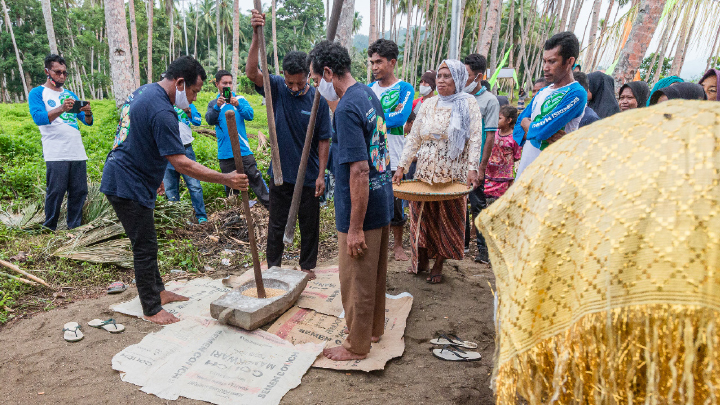An Expedition to Revive a Tradition
Monday, November 16, 2020
arsip tempo : 171419109991.

EVERY Saturday morning, Fahmi Harun takes his wife, Suhaeba Hasim, and their youngest, a two-year old, to their planting field. They walk about seven kilometers from their home in the residential area of Gumira village to the outer boundary of Halmahera Island in North Maluku. They climb up a hill and then go back down, crossing a large river, and then enter the forest.
Their field is behind a hill located behind their locale. On their three-hec
...
Subscribe to continue reading.
We craft news with stories.
 For the benefits of subscribing to Digital Tempo, See More
For the benefits of subscribing to Digital Tempo, See More








